
Charyh (аzer. Çarıq). Leather. Azerbaijan.

Charyh (аzer. Çarıq). Leather. Azerbaijan.

Muhu sussid. (Leather, fabric, embroidery). Estonia. Valmistatud muhu saarel.

Libanease sandals. Leather. Embroidery.

Aimsy, Abkhazian boots. Leather. Upper leather or felt stockings. http://afon-abkhazia.ru/developments/1472/
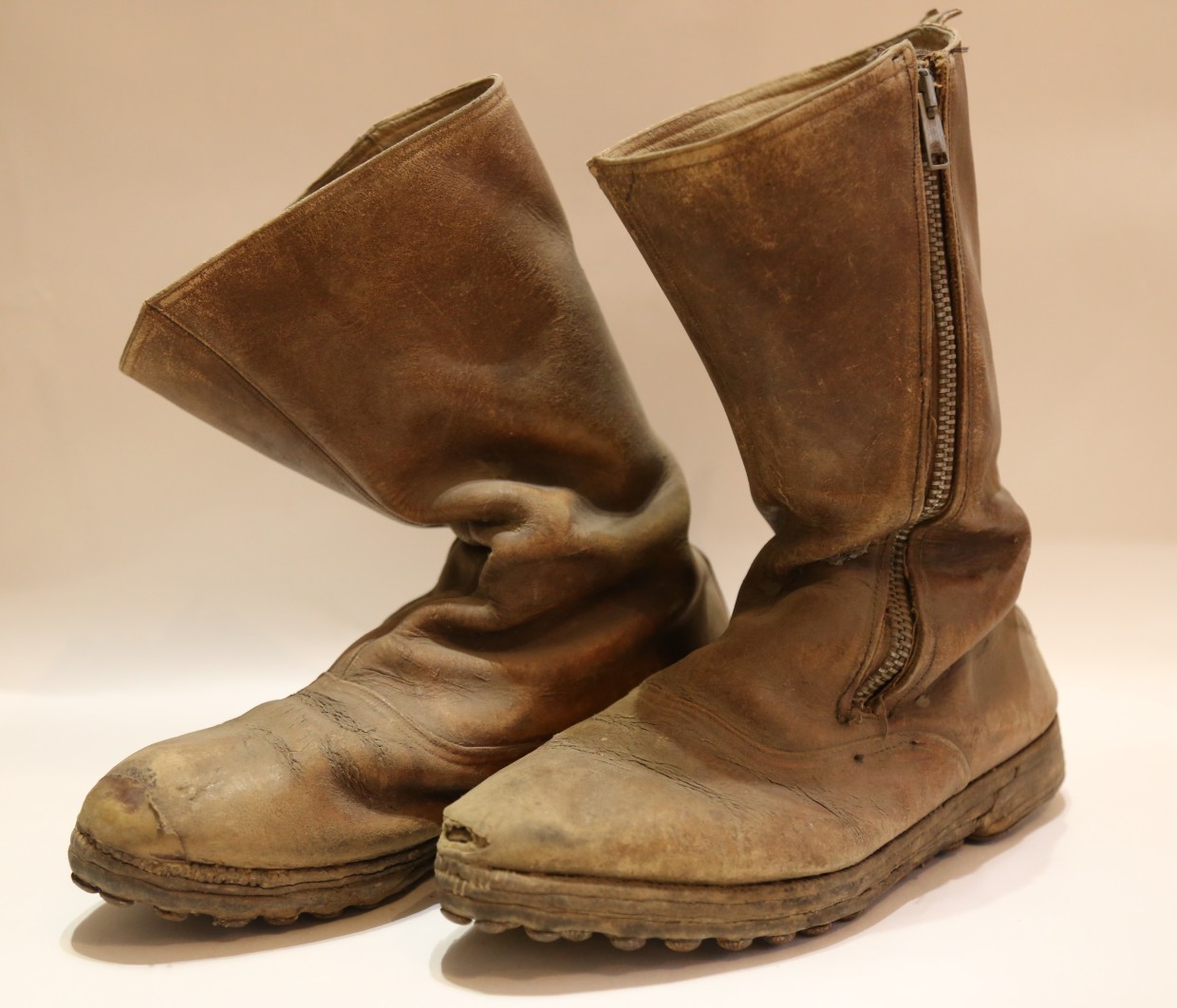
Leather boots with metal pins. Tsagaris skarparis. 1930-40.

leather, handmade

On feet people are still wearing woolen stockings to the knee, differing in the areas of color and embroidery, and on top of them – woolen socks beautiful knitted and […]

Punjabi Jutta – leather shoes, popular in Punjabi, stitched by hand. Punjabi Jutta worn by both men and women, the shape of shoes for women is slightly different, but in […]
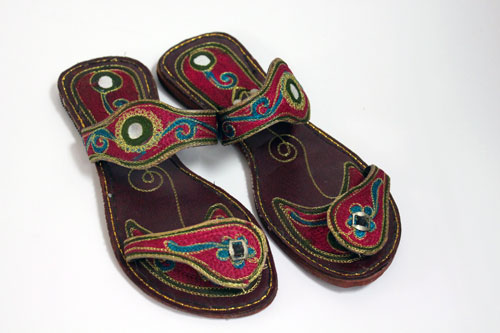
Punjabi Jutta – leather shoes, popular in Punjabi, stitched by hand. Punjabi Jutta worn by both men and women, the shape of shoes for women is slightly different, but in […]
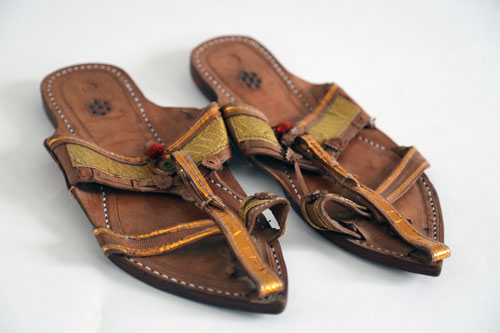
Kolhapur, a town in the state of Maharashtra, famous for its leather sandals from the XIV century. Today kolhapur chappal design is found throughout India, and their name is used […]

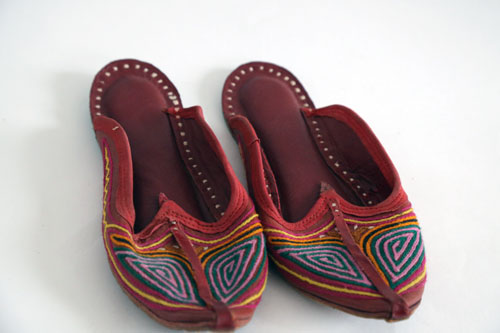
Punjabi Jutta – leather shoes, popular in Punjabi, stitched by hand. Punjabi Jutta worn by both men and women, the shape of shoes for women is slightly different, but in […]

Patria o muerte – Viva Cuba libre!

Patria o muerte – Viva Cuba libre!


Sorry, this entry is only available in Russian.

Namibia’s largest shoe factory is specialized in the manufacture of traditional shoes – soft, light, but surprisingly well holding moisture and does not allow the bites of insects and animals.

Found in the Swiss Alps and the shepherds use them even today.

Saplai or Chapals, are in the province of Khaber in Afghanistan, the Pashtun people. It is believed that come from Peshawar. Made of goat skin by special order for the […]

Witso (Vaigai “Kalash-ala” Nuristani languages) kalon (“Kalash-mun,” Dard) In the past, it has been distributed to Nuristan and Dardic peoples along the current Afghan-Pakistani border. In other words – the […]

The western part of the island is famous for its artisans who manufacture hand very comfortable shoes, such as traditional Cretan boots Stivania. Footwear made in Crete.

Leather, hand made boots. 20 th century, Turkey.

Khussa – handmade footwear from North India and other South Asian countries. Local manufacturing khussa art, which is more than 5,000 years, is gradually fading. Masters, who are engaged in […]

Sandals worn by both men and women. Hand-made embroidery, soles made from natural materials.

These beautiful soft slippers with genuine leather soles are decorated in a traditional style with floral pattern of Krakow.
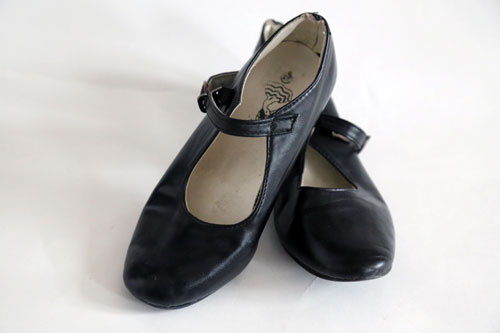
Andalucia. Flamenco shoes – closed toe and heel, on a stable heel with a strap that secures the ankle. The emergence of flamenco shoes is directly connected with musical and dance […]

Menorca. Menorquinas – is the traditional footwear of local residents, mostly farmers. This leather sandals on a very thin and flat shoes. They are in our days sew by hand.


Tsarouhi (Greece, Metsovo)

knitted homeshoes
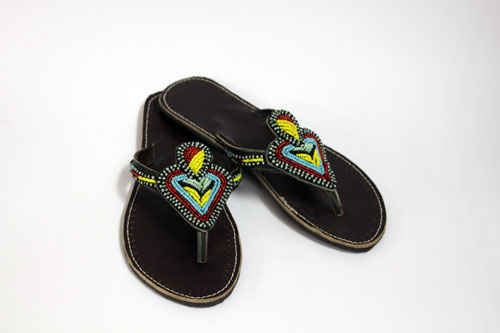
Definition: a shoe with a bottom part that is held in place with straps around the foot and sometimes the ankle Origin of sandal: Middle English, from Anglo-French, from Latin sandalium, […]

Made of leather, rarely from other materials such as textiles. Juttas has no difference between the right and left shoe. India, 21st cent.

Serbian traditional shoes with a slightly upturned noses made exclusively homemade from skin. Serbia, 20th cent.
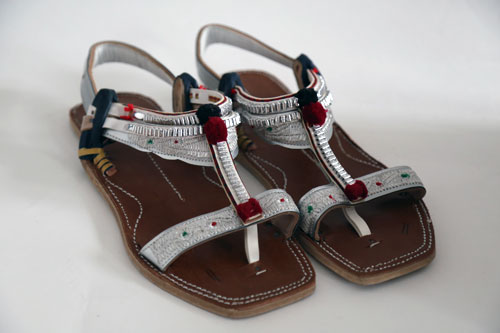
Indian leather sandals. Handmade shoes, made of buffalo’s tight skin. Embroidery, inlaid mirrors. India, 20th cent.

Light leather boots with soft leather soles. Kyrgyzstan, 20th cent.

Leather and wood. Leather sanadals protecting feet from hot sand. United Arab Emirates, Dubai, 19th cent.

Soles of Mojari are made of treated skin of buffalo, cow and/or camel, also with leather or textile upper part. Although Modjari traditionally are worn in Rajasthan, some varieties can […]

Soft leather boots.

Wood and leather. 21st cent. Nazarre, Portugal.

These are hand made of brown leather and are gathered around foot. They are tied to the feet with a long narrow strip. The traditional peasant sandals are worn by […]

Traditional Latvian hard leather shoes. The shoes were worn by male and female.

Traditional leather shoes with pompons are a part of the Greek national costume. Male pompoms were painted in black, for women and children they bear bright colours.

Traditional hard leather boots. Worn by the Highlanders and are widely used in the Carpathians and the Balkans. Poland, 20th cent.

Pimy are worn by various semi-nomadic pastoralists in the Northern Russian regions, they are made of deer’s fur and leather. Nenets.

Soft leather shoes without backs, usually embossed with morocco (maroquin). National footwear in Morocco, common in other countries of north-west Africa.

Leather.

Leather and embroidery. 21st cent.
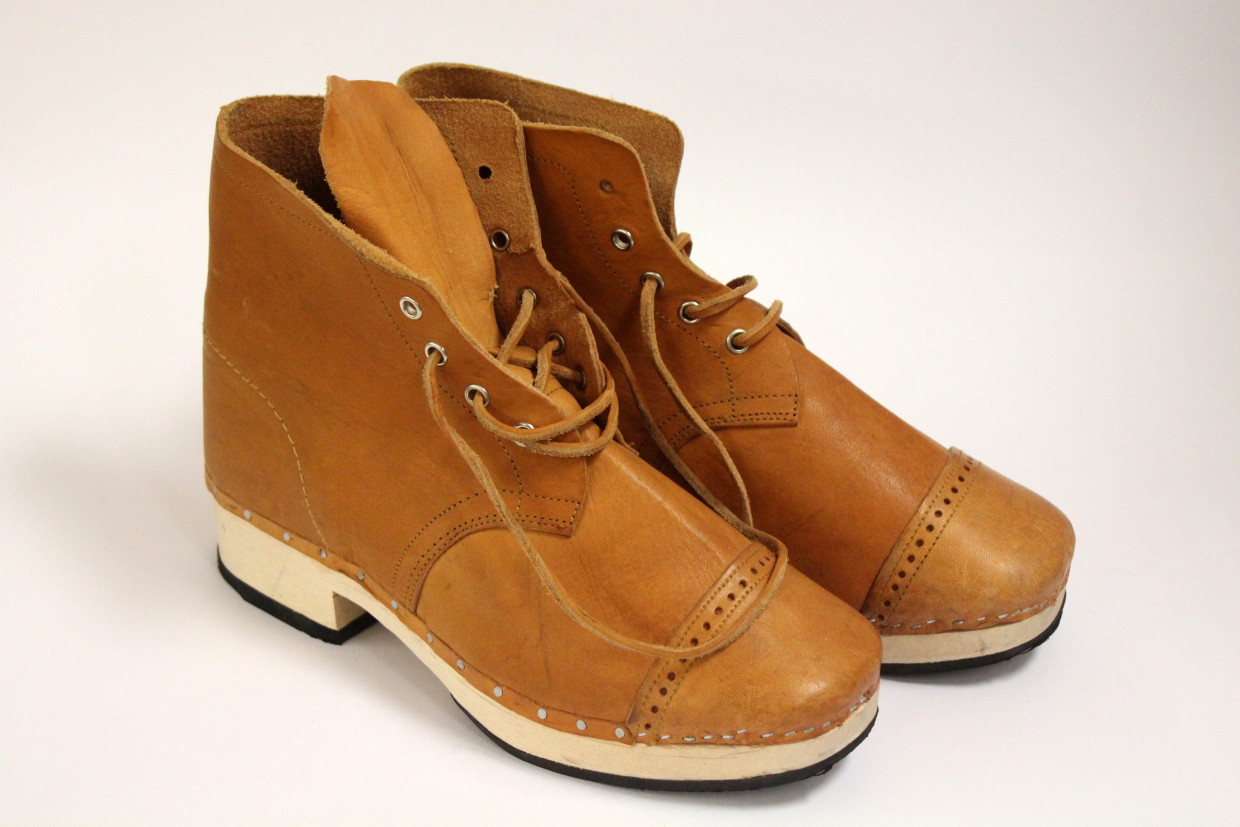
Traditional galician shoes. Northern Spain. Leather and wood. It is used both for work in the field and for dancing.